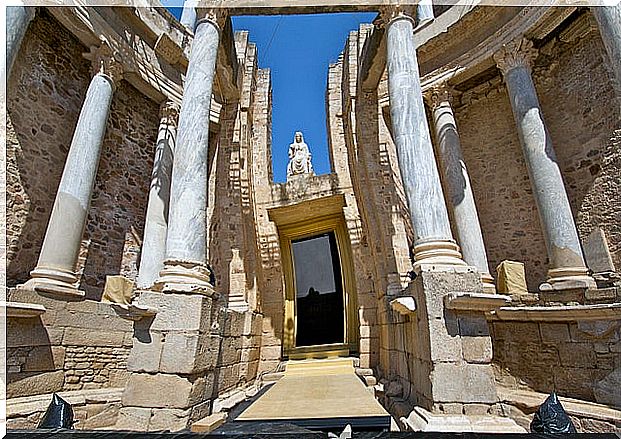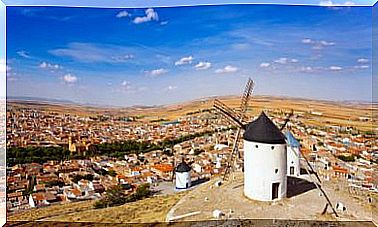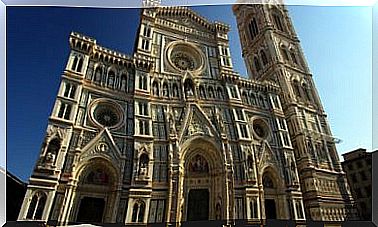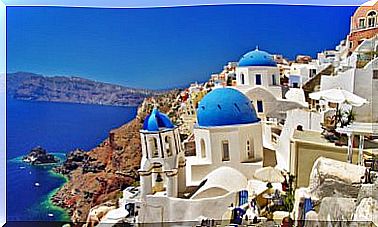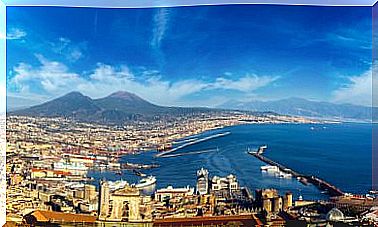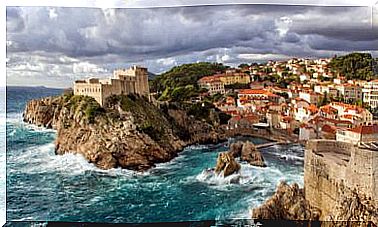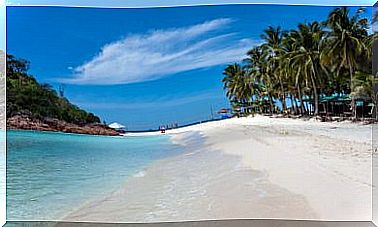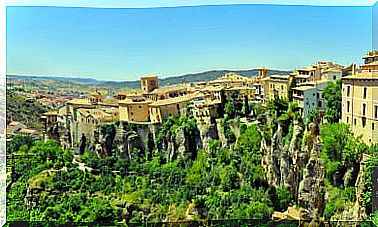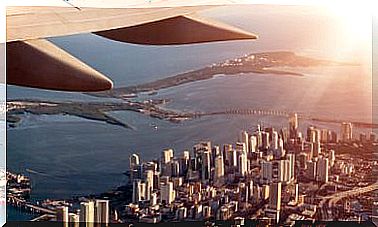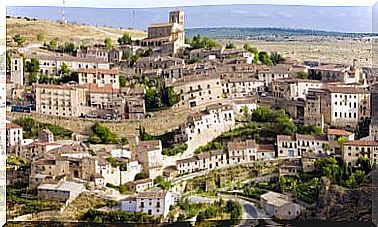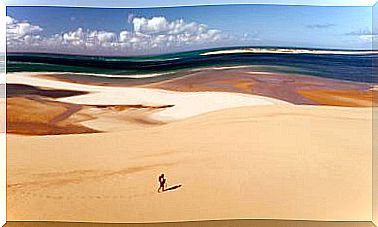Gallo-Roman Times In Vienne, France
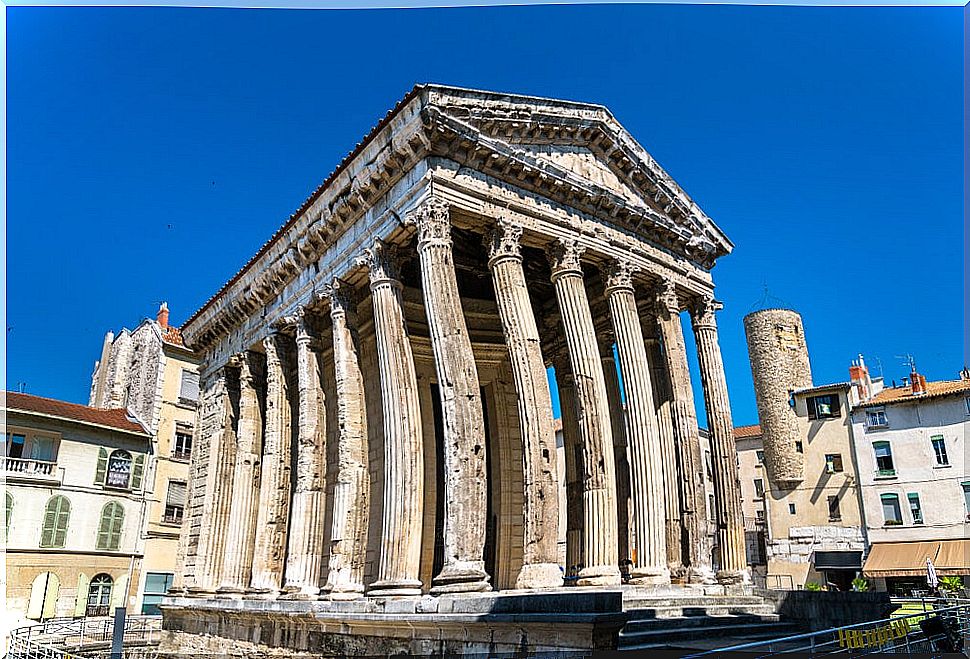
The Gallo-Roman era in Vienne was a prominent period for this French town. Vienne is located in the department of Isère, in the Rhône-Alpes region. It was the capital of the Gallic tribe of the Alóbroges until it came under Roman rule after the Gallic campaigns of Julius Caesar (58-51 BC).
During Gallo-Roman times, Vienne, together with Lugdunum (Lyon), were the main centers of the region. A reflection of this can be seen in the great monuments that are still preserved today. In this article, we are going to explore Vienne’s Gallo-Roman era through its monuments. Can you come with us?
Vienne, from Gallic capital to Roman colony
Vienne became part of Rome after the famous Gaul campaigns, starring Julius Caesar. Around 50 BC, the settlement received the title of a Latin colony in reward for its loyalty to Rome.
During the time of Augustus and throughout the 1st century AD the main monuments of the city were built. Among them, the temple of Autusto and Leiva, the theater, the circus and the Odeum stand out . In these buildings we can see reflected the importance of Vienne in Gallo-Roman times.
Gallo-Roman treasures in Vienne
Temple of Augustus and Livia
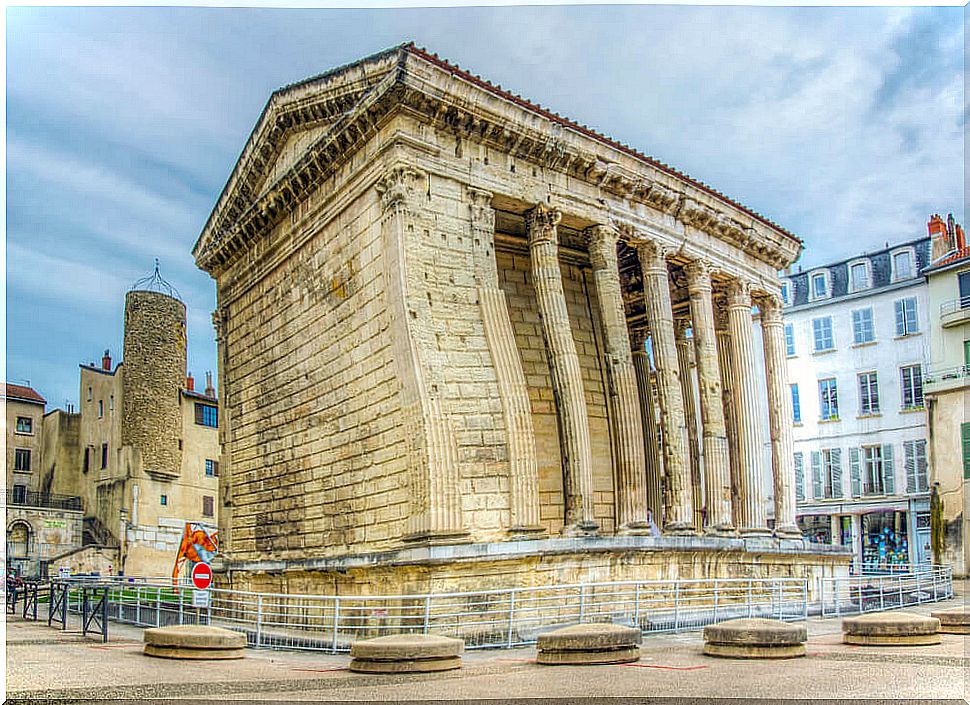
The temple rose in the forum. Its construction ended a year after the death of Emperor Augustus. It was consecrated to the emperor himself, to Rome and to the imperial cult. Later, when Livia Drusilla, Emperor Augustus’ third wife, was deified by her grandson Claudius, the temple was also dedicated to her.
Augustus was not in favor of being worshiped in the capital of the Empire. In the provinces it was somewhat more permissive, since it was a way of being present in the lives of the citizens of a territory so wide that they could not see it or have contact with it.
The temple is in the Corinthian style and a little brother to the Maison Carrée de Nimes. It stands on a high podium from where the Roman forum was dominated. The building is 14.25 meters long by 27 meters wide and over 17 meters high.
Around the 5th century AD the temple was transformed into a church. Centuries later, during the French Revolution, it was devoted to the cult of Reason.
Roman theater, souvenir of the Gallo-Roman era in Vienne
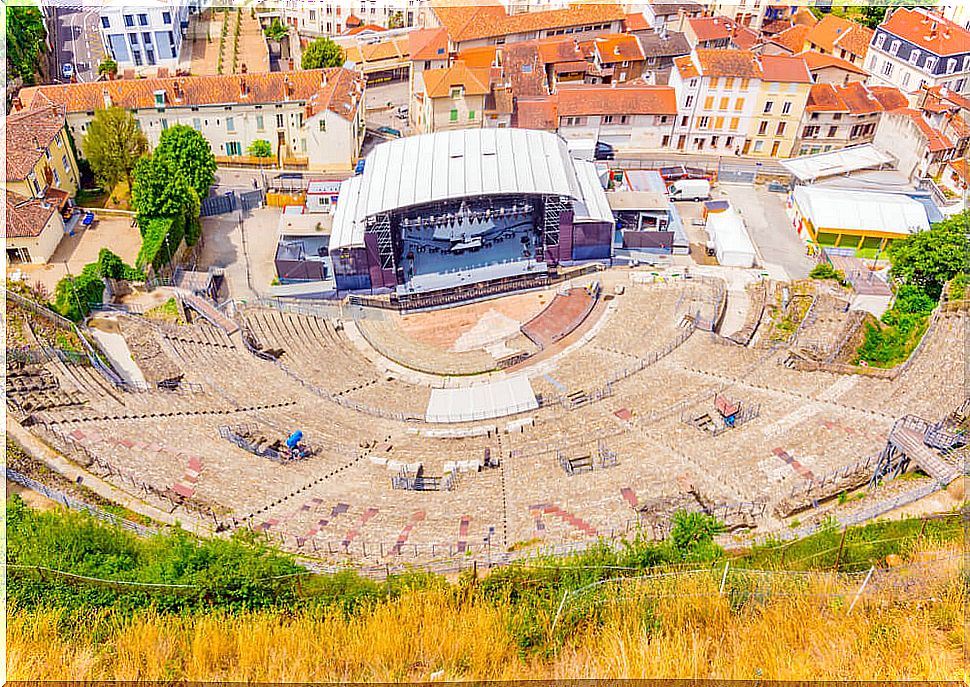
One of the most important theaters in Gaul was built on Pipet’s hill. After that of Autun, it is the second largest in all of France. It was built between 40 and 50 AD Its diameter was 130 meters and it had a capacity to hold 13,000 spectators.
With the excavations started in 1922 it was wanted to rebuild the building preserving the old structure. The goal was to renovate the place as an entertainment space. Today it is used to celebrate important events, one of them is the Vienne Jazz Festival.
The pyramid (Roman circus)
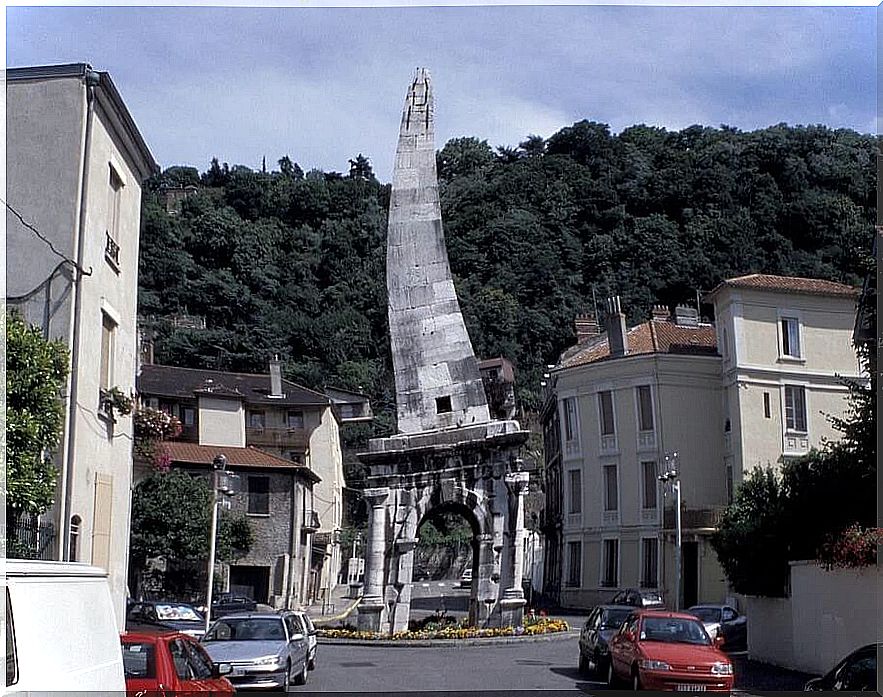
In the 2nd century AD the circus was built which, according to archaeologists, was 460 meters long. Today, the only thing that remains is the pyramid. It is a 20 meter high obelisk that was part of the spine of the circus. It is in its original location. This obelisk tried to imitate the great obelisks that adorned the imposing Roman circuses.
This circus was preceded by a smaller one built at the end of the 1st century AD. The function of the building was to host chariot races. Also, as there was no amphitheater or stadium in Vienne, sports games or gladiator fights were organized.
Odeum
The odeum de Vienne was built on the hill of Saint-Just. For a long time they were thought to be the remains of a theater, although when a block of marble with the ODEV inscription was discovered among the remains of Saint-Just, that hypothesis was discarded.
The wall of the Gallo-Roman period in Vienne
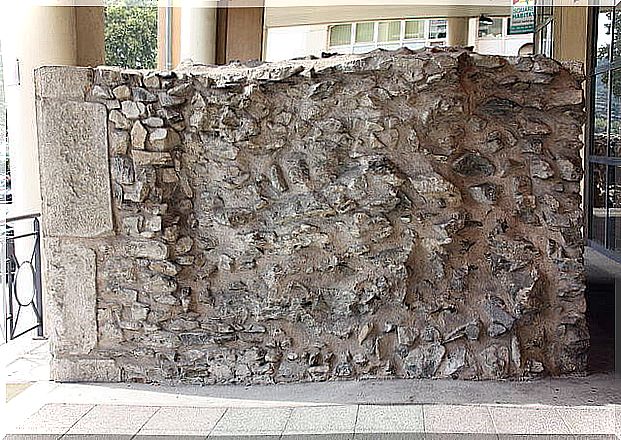
The city wall surrounded the hills located on the left bank of the Rhône : Mount Salomon, Mount Arnaud, the Sainte-Blandine hills and the Saint-Just. It extended to the river, both in the north and in the south.
It is still visible in places like Mount Solomon. The walls surrounded the political and administrative heart of the city : the forum, the theater and the odeum . Much of the residential and commercial neighborhoods were out in the south and on the right bank. There we found large buildings that needed vast areas of flat land, like the circus.
Saint-Romain-en-Gal
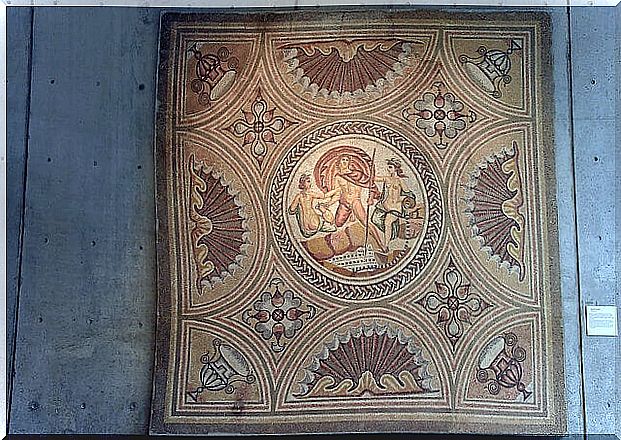
It is a commune located on the right bank of the Rhone that has been famous for the large amount of antiques recovered there. The mosaics are its main attraction. No less than 60 floors have been found. Being an alluvial plain covered mainly by orchards, the remains are relatively well preserved and easy to excavate.
In the late 1960s, several hectares of a densely populated area were discovered. Since that time, the place has become an archaeological reserve. In 1985 it was classified as a historical monument and the remains are open to the public for visitation.
The remains of buildings visible today were abandoned in the middle of the second century AD The area, according to studies, began to be inhabited in the middle of the first century BC Evidence of ditches that, perhaps, were connected with the construction of the first roads, it is evidence of it.
During the three centuries of occupation of the space, a residential and commercial neighborhood was formed around these roads. The neighborhood is characterized by a large concentration of large houses that probably belonged to wealthy owners, undoubtedly merchants. Thus, commercial buildings like shops, workshops and warehouses are associated with these houses.
